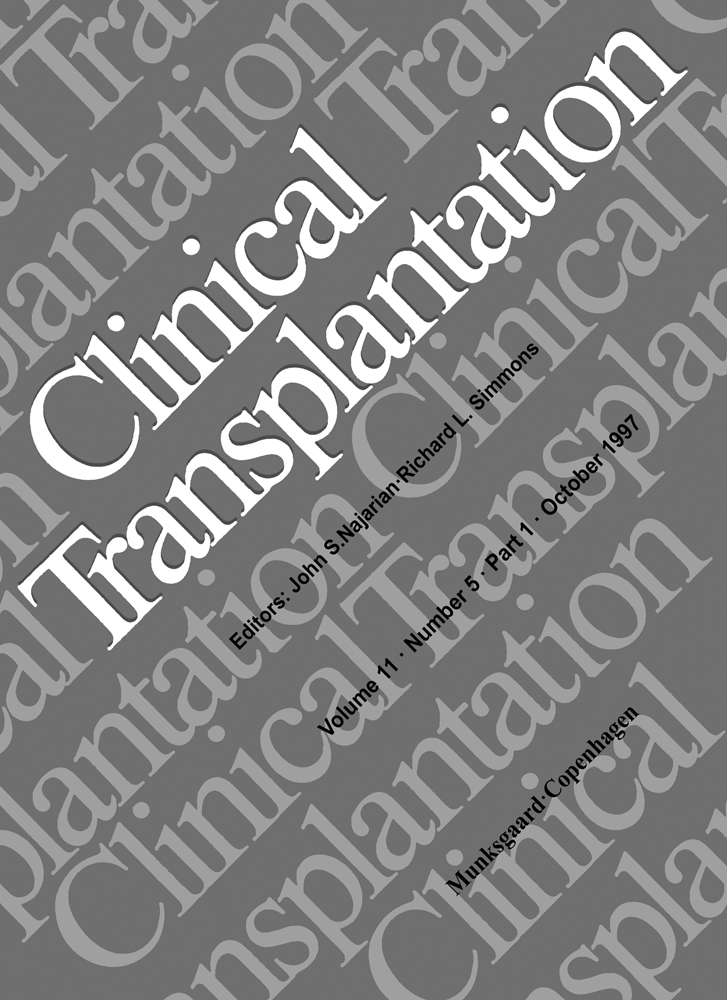Vulnerability to psychologic distress and depression in patients with end-stage liver disease due to hepatitis C virus
Abstract
Psychosocial sequelae and quality of life impairment in patients with end-stage liver disease due to hepatitis C virus (HCV) are not known. Quality of life, psychological distress (Profile of Mood States scale), depression (Beck Depression Inventory), and coping (Ways of Coping scale) were prospectively assessed in 82 liver transplant candidates; comparisons were made between patients with HCV hepatitis versus patients with other liver diseases. Patients with HCV were significantly younger than all other patients (p = 0.002). Total mood disturbance (p = 0.038), tension and anxiety (0.047), confusion and bewilderment (p = 0.035) and depression and dejection (p = 0.035), as assessed by Profile of Mood States Scale were significantly higher in patients with HCV than other patients. Patients with HCV were significantly more depressed as assessed by Beck Inventory scores (p = 0.014). Karnofsky performance scores, Child-Pugh score, and liver function tests were not significantly different for patients with HCV vs. all other patients. However, somatic manifestations of the illness (e.g. pain) were greater in patients with HCV and may have contributed towards greater depression in these patients. Our findings warrant replication in other studies, since depression is a modifiable and treatable disorder.




